Review: Samsung Focus Flash for AT&T
Nov 18, 2011, 4:48 PM by Eric M. Zeman
Samsung's latest Windows Phone device may be small in stature, but it offers powerful performance in its pint-sized package. Read Phone Scoop's full review here.
Form
Is It Your Type?
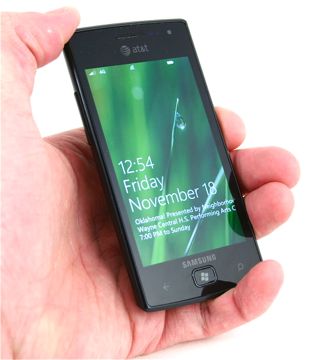
AT&T is backing Microsoft's Windows Phone Mango platform with a healthy selection of phones. The Samsung Focus Flash is among the first to reach store shelves. The Flash may be more compact than today's leading superphones, but it packs just as hard a punch. If you're looking for a smaller, but still potent, smartphone, then the Focus Flash may be for you.
Body
The Samsung Focus Flash is a spare little thing. For a modern smartphone, you might even go so far as to call it dainty. It's a solid black slab with no distinguishing features of any kind. Were it not black, I'd call it vanilla.
It feels exactly the way it looks. It's not a high-end phone, but it's not a low-end phone either. The materials — a mixture of glass, plastic, and metal — feel good, but not awesome and not cheap. They are a bit slippery thanks to the glossy finish, and the Focus Flash jumped from my grasp a couple of times while testing it. The front surface is sharply rectangular, but the side edges are rounded and let the Focus Flash rest comfortably in your hand. Thanks to the smooth finish, it will easily slip into most pockets and its small footprint may lead you to forget that it is there.
The only controls on the front are the three mandatory Windows Phone buttons. The "Windows" (nee, Start) button in the middle is an actual, physical button. It's very easy to find thanks to the edges that are raised a bit from the otherwise unbroken surface of the Focus Flash. The back button is to the left, and the search button is to the right. These are both capacitive keys and worked as they should.
The volume toggle is on the left edge. It's a thin strip of plastic that stands out just a bit from the edge. I wish it had nubs or some sort of other physical way to determine where the up and down portions of the key are located. It works fine as is, but a little extra help wouldn't hurt.
The power/lock key is on the right edge, positioned close to the top of the phone, which is where Samsung likes to put this key. It's small, but still found and used without trouble. The feedback is OK. The dedicated camera button is also on the right edge, closer to the bottom. It's a two-stage key for focusing and releasing the shutter. The first (focusing) stage is not well defined. It's too easy to go right past it and snap a photo when you were only trying to focus.
The 3.5mm headset jack is the lone item on the top of the Focus Flash, and the microUSB port is the lone thing on the bottom of the Focus Flash.
The battery cover is easy to remove. Amazingly, you can pull the SIM card out without removing the battery. This is rare, but not necessarily useful. Windows Phone devices don't support expandable memory, so there is no microSD card slot anywhere on the Focus Flash. You're stuck with the 6.33GB available to users.
For the most part, there's nothing wrong with the Focus Flash's hardware and controls. Despite its name, however, it exhibits very little "flash" with respect to design.
The Three S's
Screen
I have yet to be disappointed with the display of any Windows Phone device. The Focus Flash has a 3.7-inch capacitive display with 480 x 800 pixels. Packing that many pixels into the smaller display gives the Focus Flash a nice boost in pixel density — which makes the display look razor sharp and free and clear of any visible pixels. It's also insanely bright. I was able to use it indoors and out with no problems. Bottom line: another great display on a Windows Phone.
Signal
The Focus Flash performed amazingly well in my signal tests. No matter where I took it, it always remained tightly attached to AT&T's network. Held side-by-side with other AT&T devices, the Focus Flash showed more bars consistently. Every call I made went through on the first try, and none of them were dropped — even when the Focus Flash showed only one bar of coverage. Similarly, data sessions were rock solid for the most part, with only a few speed hiccups under the worst network conditions.
Sound
Voice calls made with the Focus Flash sounded great. The earpiece generated enough volume so that I could easily hold conversations even though I was blasting Megadeth in the same room. Quality was excellent, the best I can recall from an AT&T device in recent months. Ditto for the speakerphone. Calls were crystal clear, and also loud enough to be useful over some metal music being played in the background. Ringers and other alerts can be set to volumes loud enough to be heard in most environments. If you need to be more discrete, the vibrate alert is strong enough to make sure you know there's an incoming message or call.
Battery
The Focus Flash had really good battery life. It routinely lasted about a day and a half with both the cellular and Wi-Fi radios active, with location services on, and a lot of web browsing and other usage. Heavy users will want to charge every night, but can rest easy knowing they'll make it through each day with no problems.
Basic
Menus
The Focus Flash runs Windows Phone 7.5 Mango. Since Microsoft doesn't really allow hardware makers or network operators to customize the user interface yet, it is for all intents and purposes identical to other Mango phones.
The unlock screen offers a great set of notifications placed at the bottom that let you see in an instant what new missed calls, emails, and messages you may have received. They are easy to jump into once you unlock the phone.
The home screen is made up of dynamic, updating apps (called Live Tiles) with content that changes throughout the day. Mango supports more tiles, and more types of tiles, such as email folders and message threads. You can pin these tiles — some active, some static — to the main home screen, where they can behave, in effect, like widgets.
The “Metro” interface of Windows Phone requires you to swipe your finger to the left to discover more content/info in most apps/menus you happen to be using. For example, swipe to the left from the home screen, and you go into the main menu. The main menu is where all the applications, settings, and other tools are stored.
Most individual apps can also be adjusted, and Mango also brings fast app switching, which some might call multitasking. Press and hold the back button, and you'll see a collection of all the recent applications you've used in a coverflow-style layout. Simply pick the app you want to return to, and you'll jump directly there.
Calls/Contacts
Calls
If you need to make a phone call, you'll have to do so from the main Start screen. Press the Phone app, and the call history is the first thing you'll see. There are icons at the bottom that open the dialer, the People Hub or voicemail.
After a call has connected, a small pull-down menu lets you do most of the expected things, such as add a call, put a call on hold or mute, or activate the speakerphone.
Contacts
The People Hub is an essential part of the WP7 Mango experience. With Mango, Microsoft has fully integrated the contact application with Facebook, Twitter, and Linked In.
The main view is a huge list of all your contacts. Your most recent Facebook status appears at the top. There are two little buttons that, when pressed, allow you to search through your contacts or add a new one. The fastest way to search for contacts is to open the People Hub. Swipe the entire page to the left, and you see the "What's New" column. This is a list of the most recent status updates from your contacts.
Each contact page holds plenty of information, including email addresses, numbers, street addresses, birthdays, web sites, and so on.
Messaging
The Samsung Focus Flash has the same set of communications tools found on other Mango phones.
The email app supports Microsoft Exchange as well as POP and IMAP email accounts. Emails flow in as often or as sporadically as you wish. You can send, save, archive, forward, flag, and search through emails with ease. Gmail works really well in Mango, and thanks to the Exchange support built into Gmail, you can add Google Calendar and Google Contacts as easily to the Focus Flash as you can Gmail itself.
The SMS/MMS application - which is one of the core tiles on the device - offers threaded conversations. Text appears in colored bubbles in a way that will be familiar and intuitive to most people. Images appear in-line with the conversation.
As for instant messaging, the only client built into the OS is for Windows Live and Facebook. For all other IM services, you'll have to seek out third-party apps from the Marketplace.
The People Hub serves as your nerve center for social networking. It provides a rich, well-rounded social networking experience that includes Facebook, Twitter, and LinkedIn.
In addition to the People Hub, there are excellent Twitter and Facebook apps built for Mango available in the Marketplace.
Extras
Media
Music
The music app is called the Zune player, and it's so interactive and graphically rich that it's great to use. The player interface itself is easy to navigate and use, and the on-screen controls make interacting with your tunes easy. I like the other parts of the Zune app as well, which pull down info about your artists, and provides suggestions on other music services you might use. Speaking of which, AT&T Radio is the only other music app installed; you'll have to download others from the Marketplace.
Video
Pretty much everything I said about the music experience applies to the video experience, as well, since they are part of the same Hub. Disappointingly, however, Samsung and AT&T did nothing to provide anything beyond the stock Mango video player tools. HTC, for example, added its own movie rental service and YouTube application to the Titan. With the Focus Flash, you're stuck with fewer options unless you go diving into the Marketplace.
Camera
Camera
The Focus Flash — and all Windows Phone devices — will launch the camera when you press the camera button, even if the phone is locked and asleep.
There's a box that appears in the center of the screen to help with centering the shot. Basic controls to access zoom and the video camera are stacked on right side of the display. The Focus Flash offers a lot of tools for controlling the camera, including the ISO, metering, photo quality/resolution, white balance, and so on.
The Focus Flash has touch-to-focus, and will focus on whatever you touch in the viewfinder. It focuses really fast. But don't get too excited.
There's no software shutter release. The problem is that using the physical button includes autofocus, so it refocuses the camera, and it might focus on something other than what you want it to. It sort of negates the purpose of the touch-to-focus feature.
Once images are captured, they slide to the side, with a thin edge still visible; touching that takes you to the gallery app.
Gallery
The Pictures Hub is a great way to treat photo galleries. Your own photos are stored in one place, but the Pictures Hub also syncs the photos shared by your Facebook friends.
The Pictures Hub is all about sharing. It lets you easily upload images to Facebook, SkyDrive (Microsoft's photo upload service), Flickr, or send them along via MMS or email.
There's no way to edit pictures in the native gallery app other than using the "auto-enhancer" tool. All this does is fix exposure, white balance, color, etc. You can't crop or rotate, and you have no control over how the auto-enhancer works. It does its thing, and you either have to take it or leave it.
However, you'll find salvation in the Photo Studio application. This separate app is a rich photo editor that lets you do all sorts of crazy things to your pictures. Editing features are vast, and include crop, rotate, fix brightness, fix contrast, fix color, etc. It works with the pictures you've taken with the Focus Flash itself, but not those in your Facebook folder (it will share directly to Facebook, Picasa, and other web services, though).
Even more interesting, the Photo Studio software can act as a camera and lets you apply a lot of effects to shots as you take them. For example, you can pick panorama mode for wide vistas, or "plus:me"” to add yourself to existing photos, and so on. It's a neat tool that bolsters the Focus Flash's otherwise stock camera.
Pictures/Video
Pictures
The Focus Flash has a 5-megapixel camera that is aided by auto-focus and a flash. I was impressed with the quality of most shots I took. Aside from the presence of a slight amount of grain, the bulk of images I captured were in focus, had correct color/white balance, showed good levels of detail, and were exposed correctly. The rocks and brick picture below, for example, would be challenging for any camera with the dark/light portions of the subject, but the Focus Flash nailed it.
You'll definitely want to make use of the Focus Flash's sharing feature, as the photos are worth it.
Video
The video I captured with the Focus Flash gave me a headache. Focus, color, exposure, all that stuff is perfect. However, the motion of the 720p HD video made me feel sea sick. Despite holding the Focus Flash as still as possible, there's a stutter effect noticeable in the motion of the video. See the sample below. However, you can tell by the color of the sky that it gets everything else right. I found that stepping down to VGA quality video improved the stutter effect.
Browse/Customize
Browser
The Focus Flash ships with the Internet Explorer 9. It supports pinch-to-zoom, and full HTML as well as mobile web sites. Double-tapping zooms in and out quickly. Web pages for the most part loaded quickly over AT&T's 3G network and looked really good on the Focus Flash's display. It's easy to open new windows/tabs, add favorites, search for items on the page and so on. It is a solid browser.
Customize
Windows Phone 7 Mango lets users recolor, rearrange, delete, and otherwise organize how the Live Tiles behave on the home screen. The main menu is stuck in the list view, however. Being able to pin apps, shortcuts, web pages, etc., to the home screen as Live Tiles is a nice touch. Beyond these simple controls, however, the Windows Phone interface remains relatively locked down.
Extras
Apps
Microsoft says that the Marketplace for Mobile has more than 40,000 apps available to Windows Phone 7 devices. While the selection isn't as robust as what's available to iOS and Android, it's still really solid. The Marketplace uses the Hub layout, which I find great for browsing through for apps.
Bluetooth
The Focus Flash supports mono and stereo Bluetooth headsets. I was able to pair with both types, as well as my car, with no problems. Sound quality of phone calls through my car was outstanding. Sending music to stereo Bluetooth headphones worked, but sounded cruddy, as though it was passing through a tin can.
Clock
It's easy to read the time from the Focus Flash's lock screen. Press the lock key, and the screen pops to life with a nice digital clock. The time also appears sporadically in the status indicator bar at the top of the screen. You can't adjust this clock, however.
Local Scout
The Local Scout app is a bit like Google's Places, but for Windows Phone. Rather than opening the Bing search app, you can open Local Scout to seek out the businesses and points of interest that are closest to your location. I found it pretty easy to use, and it provided reliable results.
Maps
The Focus Flash uses Microsoft's Bing Maps. It is OK, though I prefer Google Maps. The feature set is the same as most other free mapping services, and it offers a rich user interface and step-by-step directions. The Focus Flash also has AT&T Navigator, which works very well, but costs $10 per month to use.
Office
The Focus Flash syncs extremely well with Microsoft-based work and productivity tools. The versions of MS Word, Excel and PowerPoint that are in the Office Hub sync perfectly back and forth with the desktop versions. Users can save files to their personal SkyDrive for access later or from PCs. The Office Hub also lets people share documents and files if using the Focus Flash on a corporate network.
Wrap-Up
By all counts, the Samsung Focus Flash is a great little phone. About the only thing negative I can say about it is the wonky camera button and stuttery video effect. Otherwise, the Focus Flash hits the mark on nearly every feature.
The hardware may be a bit boring to behold, but it is comfortable and capable. The Focus Flash has great voice, signal, and battery performance, and the screen looks great. Mango runs efficiently on the Focus Flash with no problems, and the software, applications, and tools available from Microsoft's mobile platform are as robust as any other.
For AT&T customers looking for a small and powerful device, you could do a lot worse than the Samsung Focus Flash. It lets you focus on what's important and tick off your daily tasks in a flash.

Comments
No messages


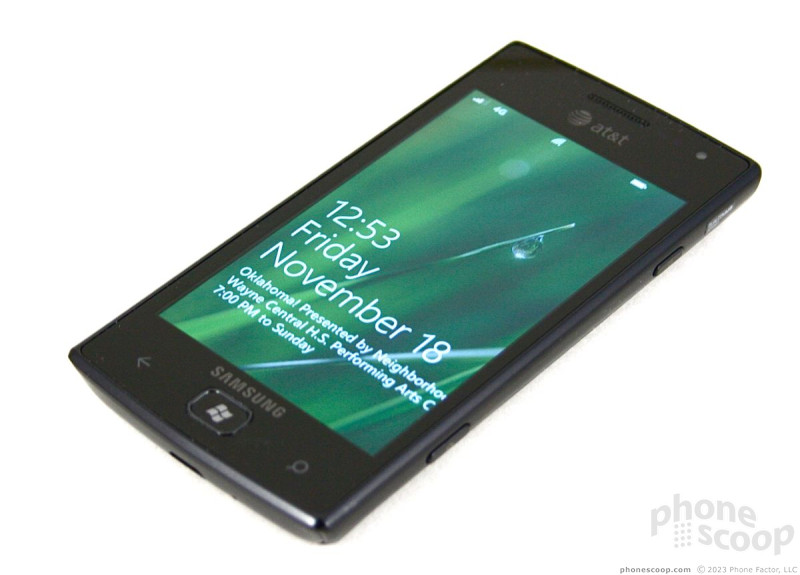












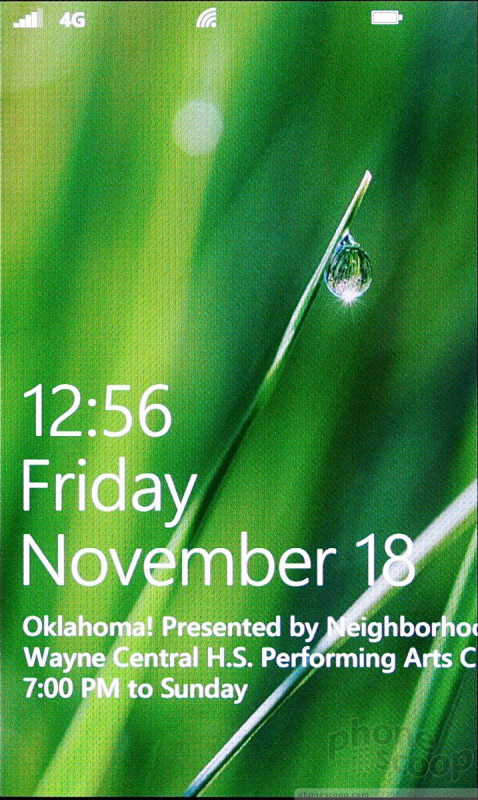




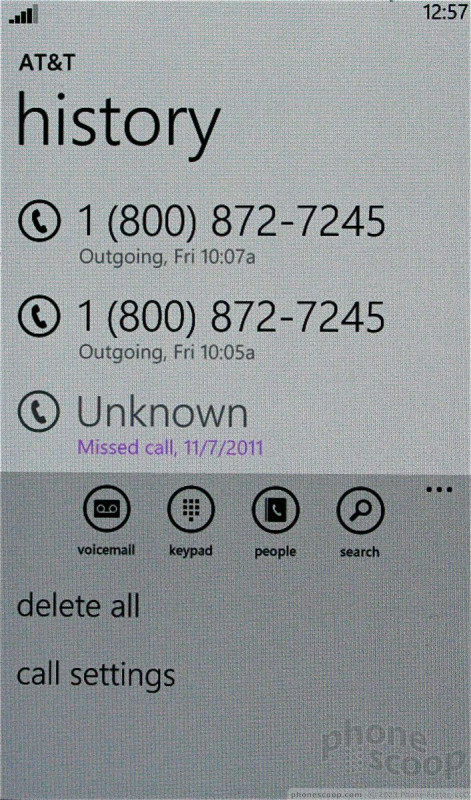





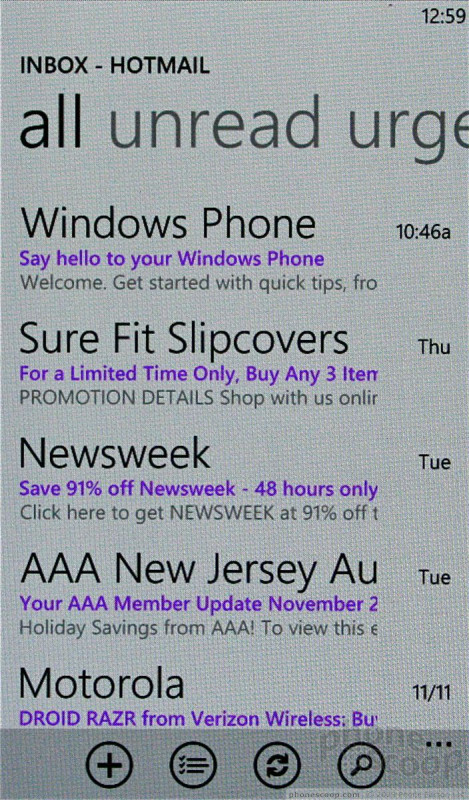



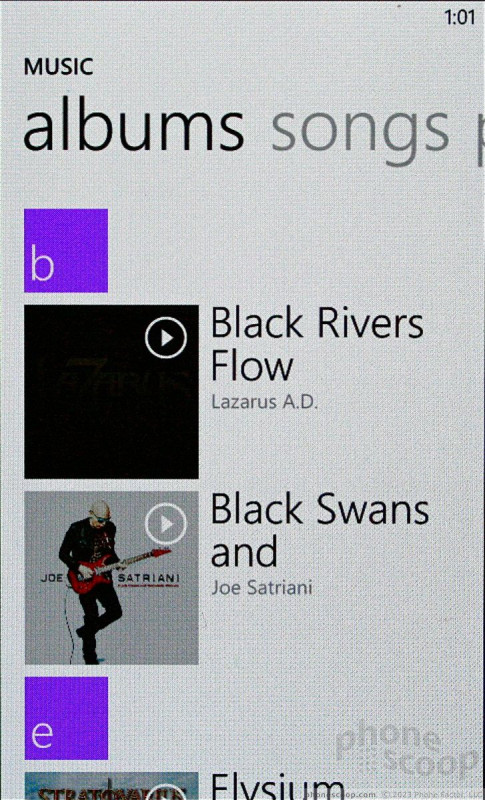



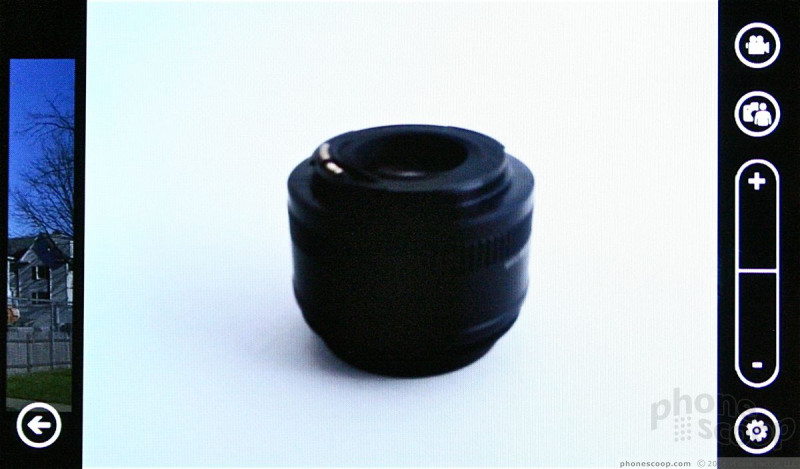



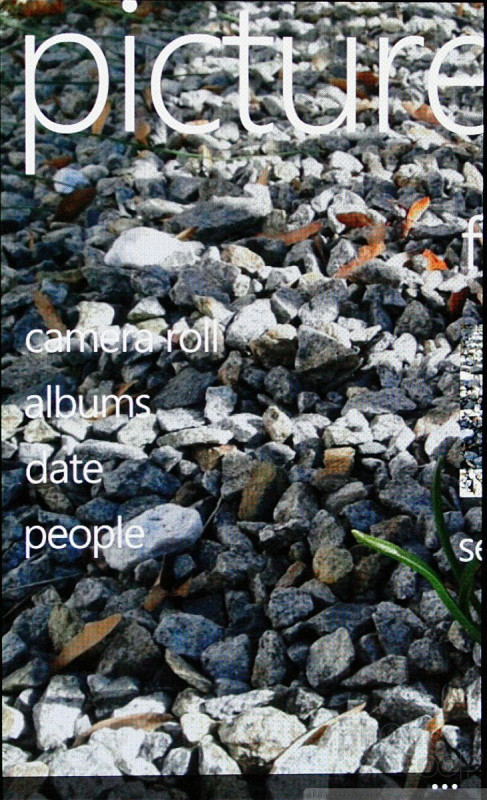





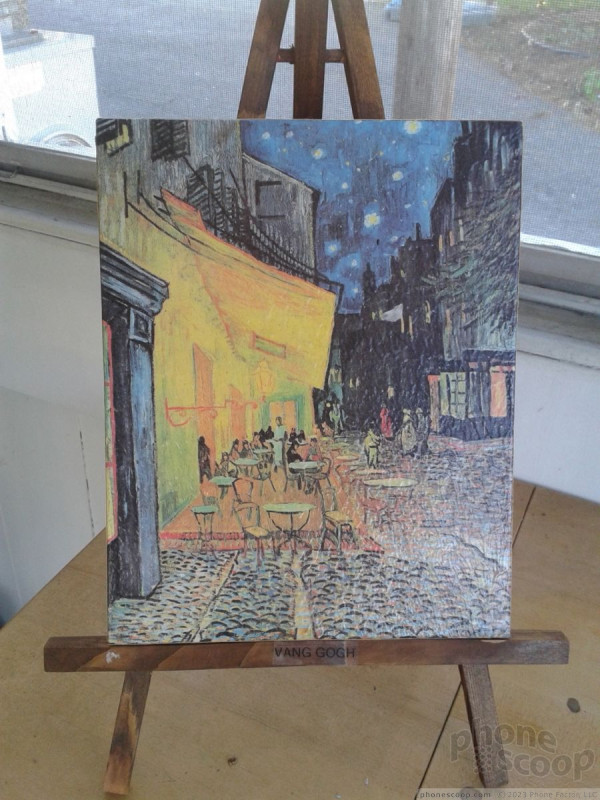


















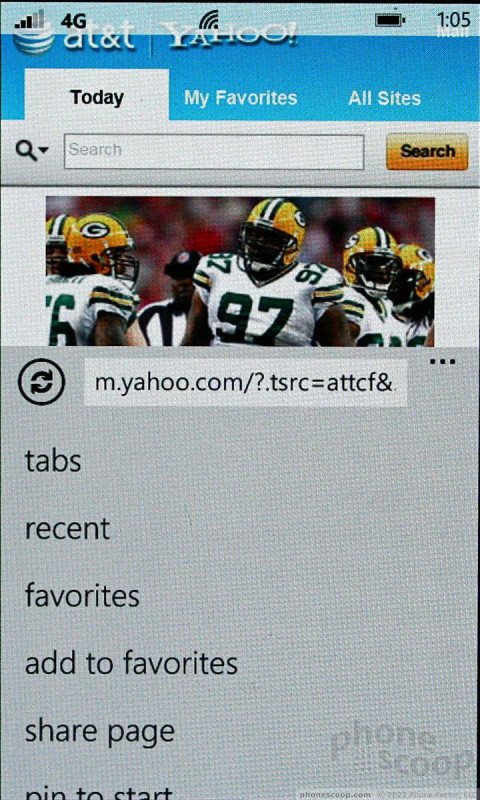



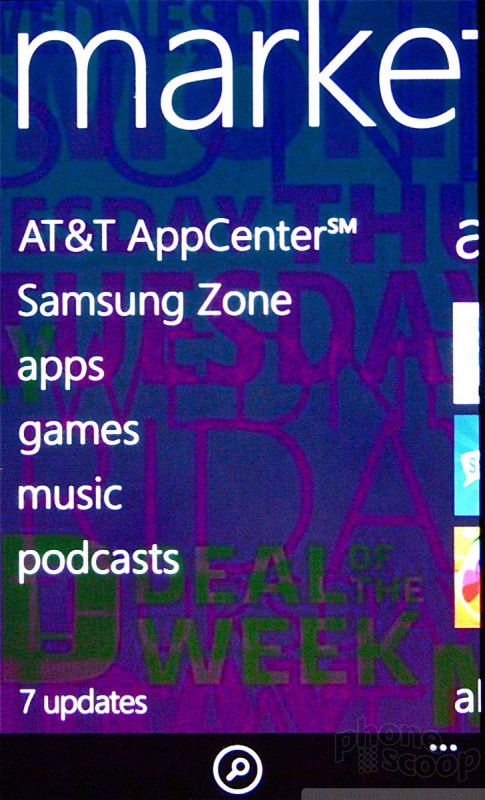





 iPhone 14 Plus Offers a Big Screen For Less
iPhone 14 Plus Offers a Big Screen For Less
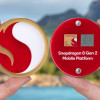 Snapdragon 8 Gen 2 Redefines AI in Flagship Phones
Snapdragon 8 Gen 2 Redefines AI in Flagship Phones
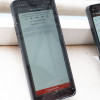 Qualcomm vs. Bullitt: Satellite Connectivity Comparison and Hands On
Qualcomm vs. Bullitt: Satellite Connectivity Comparison and Hands On
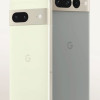 Google Pixel 7 Series Tweaks Size, Adds Pro Cameras
Google Pixel 7 Series Tweaks Size, Adds Pro Cameras
 Samsung Focus Flash
Samsung Focus Flash









